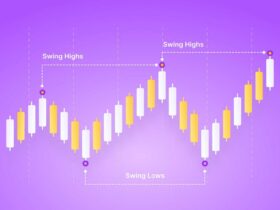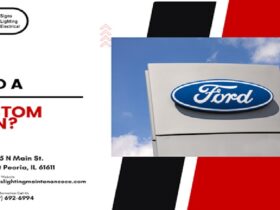Supply chain management has become a science and art in today’s market environment. A supply chain starts with resource acquisition and continues with product development. The supply chain process is whereby manufacturers acquire the resources to produce products before they are delivered to the purchase point.
Quality supply chain management is essential for all companies wishing to stay relevant. It is also necessary for the economy to remain healthy. Protecting and managing supply chains properly will help to know its different models.
Let us dive right into the types of supply chain management.
- The Fast Model
The fast model is mainly used by organizations that manufacture finished products using a short lifecycle and is the most popular product delivery mode. The fast model applies when an enterprise changes its products often, delivering them to the market before the trend becomes irrelevant.
This model is meant for responsiveness, emphasizing the first adopter’s competitive advantage.
- The Continuous Model
This model is centered around efficiency and provides stability in high-volume environments. The continuous flow model is well-versed for companies producing the same product many times with a bit of alteration.
This model is perfect for manufacturing commodities and has a high-efficiency level reflected by its low prices. Also, margins depend on the raw material prices for manufacturers. A supply chain analysis software
- The Efficient Model
The efficient model is ideal for hypercompetitive companies, and the ultimate goal is end-to-end efficiency. The efficient model depends on production forecasting heavily to sweat and burden machinery assets.
The efficient model also depends on raw material and commodity prices. Good chains are facing capacity issues in the post-pandemic era and material and labor shortages.
- The Agile Model
The agile model is perfect for companies dealing with specialty items. It is tuned finely for small product batches needing more expertise and less automation. It also features a value-add that lets enterprises using it get higher rates.
The agile model ramps volume up but can only reach a certain threshold; otherwise, they become uncompetitive. Npi management is responsible for the effective distribution and implementation of new products.
- Custom-Configured Model
The custom-configured model aims to provide setups during assembly and production. Often, this setup happens at the beginning of a long production and assembly run process. It is a higher-touch model that entails quick turnaround times and small product batches.
- The Flexible Model
As the name suggests, the flexible model thrives on being the best supply chain model. This model reacts to high season volume demands and can absorb and manage low or no demand stretches.
Businesses must have the right tools to pull off this supply chain model, and it also needs a vast supplier network or people with a broad knowledge base.
Final Thoughts
Supply chains are integral parts of a business today. Many tools support the growth of supply chain management, and the above article has discussed some. Supply chain management is available in different models like the flexible and continuous modes.
The above article has discussed all you need to know about supply chain management, and you can reach out for more information.









